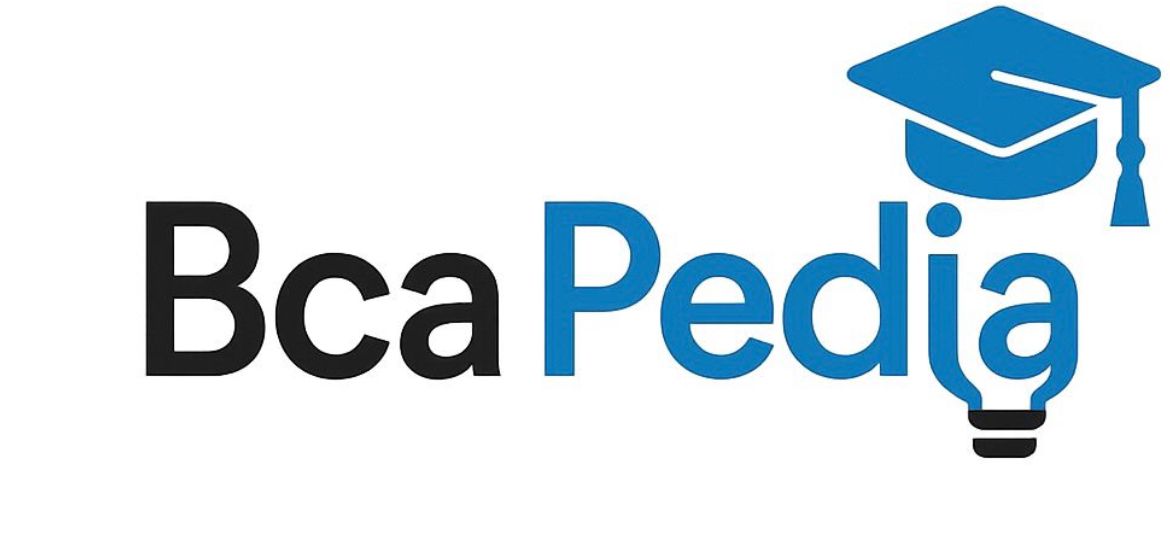Requirement Engineering and Coding
Requirement Engineering and Coding: Simplified for Students

What is Requirement Engineering?
Requirement Engineering (RE) is the process of gathering, analyzing, documenting, and validating what users expect from a software system. It lays the foundation for the entire software development process.
Types of Requirements
- Functional Requirements: Define what the system should do (e.g., generate reports).
- Non-Functional Requirements: Define how the system behaves (e.g., performance, security).
Steps in Requirement Engineering
- Feasibility Study: Check technical and financial possibilities.
- Requirement Elicitation: Gather needs using interviews, surveys, and observation.
- Requirement Analysis: Resolve conflicts and ensure clarity.
- Requirement Specification: Document in an SRS (Software Requirement Specification).
- Requirement Validation: Confirm that requirements meet user needs.
Elicitation Techniques
- Interviews
- Questionnaires
- Workshops
- Observation
- Document Analysis
Qualities of Good Requirements
- Correct and clear
- Unambiguous and complete
- Consistent and verifiable
- Modifiable and traceable
Challenges in RE
- Poor communication
- Vague or conflicting requirements
- Changing requirements mid-project
What is Coding?
Coding is the phase where designs are implemented into a working software using a programming language. It transforms ideas and plans into real applications.
Coding Principles
- Keep it readable and simple
- Follow modular structure
- Use proper comments
- Handle errors gracefully
- Use meaningful names
Best Practices in Coding
- Follow coding standards and styles
- Use version control (e.g., Git)
- Write and run unit tests
- Conduct peer code reviews
- Avoid code duplication
Importance of Documentation
Documentation helps future developers understand the codebase. It includes inline comments and external guides explaining code usage and structure.
What is Debugging?
Debugging involves identifying and fixing bugs or errors in code using tools like IDEs and debuggers. Features include breakpoints, variable tracking, and execution flow checks.
Want more content like this? Bookmark this page and read our next topic on Software Design Concepts!




